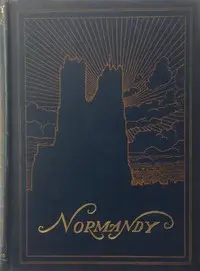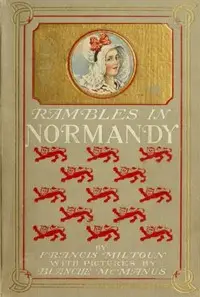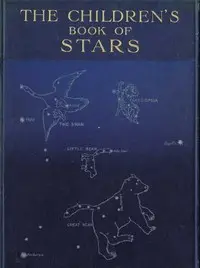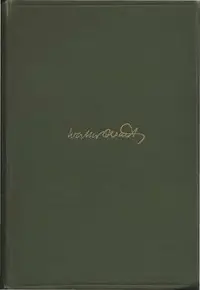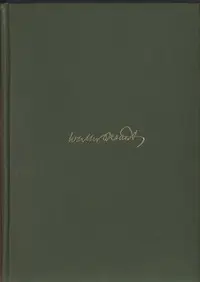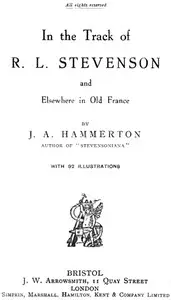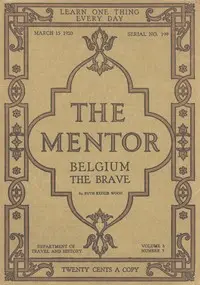"Normandy" by G. E. Mitton is a travel narrative focused on capturing the spirit and variety of the Normandy region. Through descriptions and observations, the book paints a picture of Normandy’s landscapes, historic buildings, and the traditions of its people. The author explores the challenges of truly representing a place, recognizing that Normandy is a unique combination of scenery, history, and the lives of its inhabitants. By highlighting different areas and the beauty of the countryside, the narrative moves beyond a simple travel guide to offer a view of the region.

Normandy
By G. E. (Geraldine Edith) Mitton
Experience the beauty and history of a captivating region, brought to life through vivid descriptions of its landscapes, architecture, and unique culture.
Summary
About the AuthorGeraldine Edith Mitton, pen name G. E. Mitton, was an English novelist, biographer, editor, and guide-book writer. Born in Bishop Auckland, County Durham, she was the third daughter of Rev. Henry Arthur Mitton, a master of Sherburn Hospital. In 1896, she moved to London, where she worked with Walter Besant on his survey of London. In 1899 she joined the staff of the publishing company A & C Black, where she was on the editorial staff of Who's Who. She married colonial administrator Sir George Scott in 1920, becoming his third wife. She collaborated with Scott on several novels set in Burma, and wrote his biography, Scott of the Shan Hills, which was published in 1936, the year after his death.
Geraldine Edith Mitton, pen name G. E. Mitton, was an English novelist, biographer, editor, and guide-book writer. Born in Bishop Auckland, County Durham, she was the third daughter of Rev. Henry Arthur Mitton, a master of Sherburn Hospital. In 1896, she moved to London, where she worked with Walter Besant on his survey of London. In 1899 she joined the staff of the publishing company A & C Black, where she was on the editorial staff of Who's Who. She married colonial administrator Sir George Scott in 1920, becoming his third wife. She collaborated with Scott on several novels set in Burma, and wrote his biography, Scott of the Shan Hills, which was published in 1936, the year after his death.



